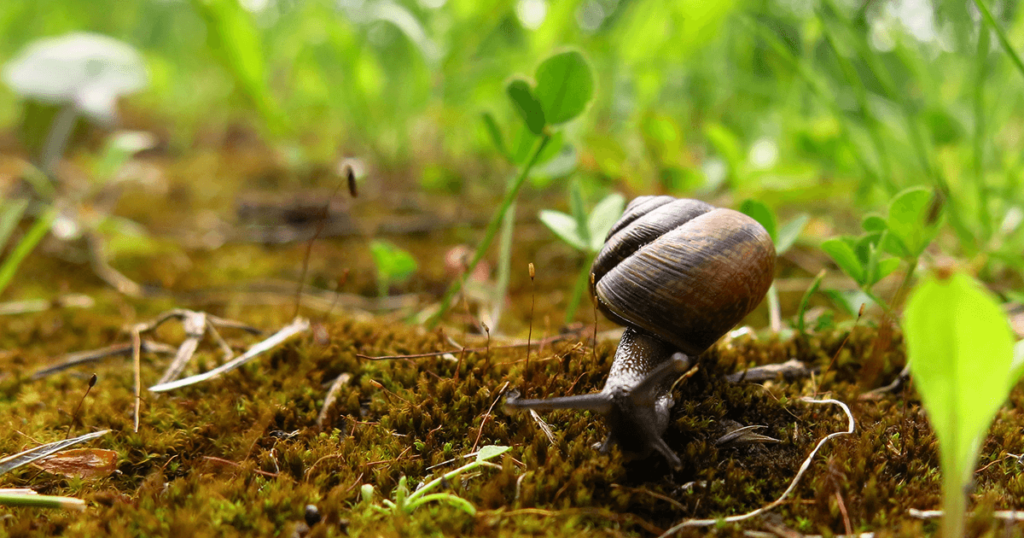
Saint Francis de Asis talked to the animals, but here in mild Asturias, my green garden hosts birds but few animals besides the family pets. Wild boar come through occasionally, ripping up the yard and setting the dogs to barking in the night, and several times I’ve seen little deer, poised on the edge of the woods below the house. When we had chickens, we twice spotted a fox. Moles excavate the yard, leaving wonderfully neat piles of loose soil. Sometimes I feel a tremor in the earth underfoot, but I only see a mole after the dogs pull it up.
“Poor thing,” is my comment, made for the dogs in hopes they’ll feel pity and remorse for the small victims left belly up, stubby arms turned outward, strong fingers on their wide flat hands, pale palms up, long snout, velvety fur. They are never eaten, not even sampled, and show no wounds, almost as if simply being brought into the light destroys them, like trolls caught away from their lairs at daybreak.
Once, the dogs corraled a hedgehog within a patch of briar. But mainly I see snails and slugs, caracoles and babosas. On any cloudy day of the year, they are out, and after a rain, they appear by the dozens sliding and stretching through the wet grass, gathering and extending their soft bodies.
“Watch out,” I caution them, picking my way across the yard. “Be careful.”
A snail’s shell will crunch unpleasantly underfoot, breaking around the soft body. Worse is the pop of a slug when you step squarely on it.
These slugs come in three colors: black, orange, and splotched gray. From the same root as babosa, you get baba, which means “drool,” and given the slimy, sticky, goo slugs secrete, we leave them alone except to wonder at. They wear a smooth shawl about their shoulders with a collar they withdraw into when surprised, and their backs are ribbed, like old wood. Snails are the more adventurous, heads held high and both sets of antennae at full stretch.
I once paid my boys a centimo a head to throw snails over the fence to safety. It was easy money, but they tired anyway and couldn’t be bothered. There are, after all, so many snails and slugs that their lives are held cheap. People keeping gardens use poison, and at the bus stop the other children liked to toss a snail under the tires of passing cars. As a child at summer camp in Tennessee I watched one lazy afternoon as a circle of girls salted a slug with a shaker from the dining hall; the slug broke out in bubbles and quickly turned into shapeless seething goop. Sometimes snails are gathered up for food, and if what I recently read is true about the surgical potential of slugs’ secretions for holding together tissues, they’ll be gathered up as well. “Hurry!” I urge the garden mollusks, “Hide!”
But I effect no change in their slow progress. Like a watched pot, a snail shows no natural tendency towards ebullition. Not even the sun, returning after a spell of rain and drying out the garden, can hurry them from one fate to another.

